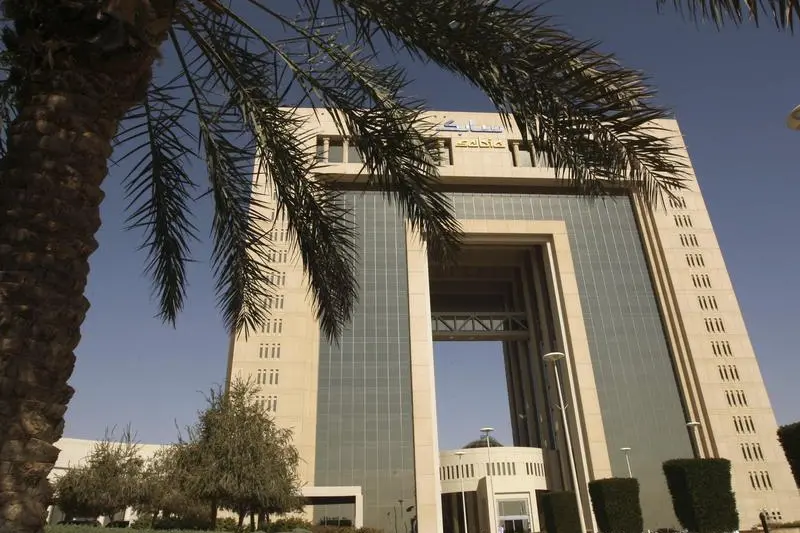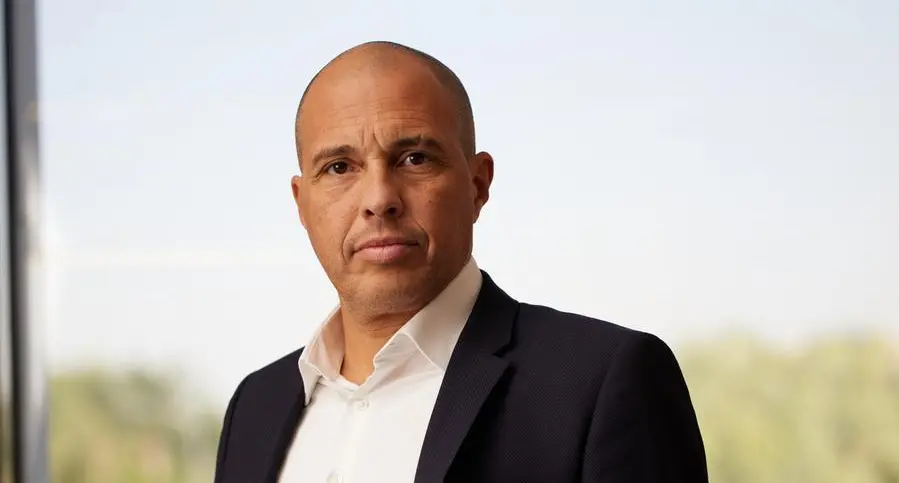Adib E. Salem, director of Cedar Consulting, Middle East talks about the need for a cohesive plan for strategy implementation and development
After having spent countless weeks and months at client sites around the Middle East over the past 6 years, one fact becomes glaringly clear. In almost all business organisations in the GCC, like their peers around the world, developing strategy and implementing it are two different exercises.
While consultants spend valuable client time and resources on targeted projects (e.g. BPR, HR, IT, ERM, CRM, data warehousing etc.) senior management emerges from these exercises no wiser for the money and for the most part, frustrated with the cost and energy expended in managing these projects. The resultant dissatisfaction with these piecemeal, targeted, consultant projects is that the root cause of CEO headaches is not fixing a business process here, upgrading an application technology there, or linking pay to performance.
While each in its own right is critical, CEOs worry about how to put all these pieces to work 'together', at the same time, to achieve what they have in mind for their organisations. In other words, CEOs usually have a vision of what they want their organisations to be, but do not have the tool to 'conduct the orchestra', with initiatives as instruments in a way that makes sense to them. Since these initiatives are each both complex and costly, it is imperative that all key projects are undertaken only after the strategy has been validated and a template built aligning all initiatives with that strategy.
'Strategy, sure we have a strategy?'
No organisation I have worked at had anything resembling a strategy map. Most GCC banks have lofty vision statements that are prominently displayed throughout the organisation. That is the easy part. As you interview frontline managers, and even support staff, it becomes clear that this 'vision thing' has no trickle down effect. In most cases, these statements are created as part of a branding exercise whose most obvious outcome is a new logo on stationary and new signage at branches. Mostly, the bank operates the same way it always has.
What has gone wrong? It is well known that change management in large organisations is a difficult and lengthy exercise that, according to industry statistics, is successful only about 20% of the time. In the organisations I have worked at, this can be directly attributed to CEOs not linking business objectives across the different stakeholders to their declared strategic objectives. As a result, there is a crying need, across most industry sectors in the Middle East, to build strategy maps and balanced scorecards to enable CEOs to manage their enterprises. While I will not reinvent the wheel by showing how strategy maps and balanced scorecards are created, a few war stories illuminate the need for GCC banks to build a cohesive strategy story.
The balanced scorecard and strategy maps typically focus on a variation of the following four stakeholder buckets.
Financials
When asked about strategy implementation, a client CEO said, "We have that under control. We have set financial KPIs and the CFO is tasked to achieve them." GCC banks typically focus on a narrow set of financial measures that show growth in a number of areas. These will almost always include growth rates in deposits, loans and equity (through retained earnings). Without getting into a detailed analysis of GCC bank financial reporting, reported financials disclose precious little about true operating cost, real cash flow and profitability. While all GCC banks can grow at 10-15% without any significant effort, these financials do not help CEOs uncover areas of weakness in their organisations. Had they built strategy maps, the stakeholders shown below (i.e. customers, processes and people/IT) would have been represented in a scorecard. What impacts them also impacts financial objectives. Therefore, current bank financial reporting sheds almost no light on problems in these key areas. One can imagine the stress that CFOs are living under with so many variables so helplessly out of their control.
Customers
Most banking clients I have worked with in the GCC claim they are sensitive to customers' needs and they are taking decisive steps to service them. "Since 20% of our clients account for 80% of our business, we are now providing them preferential service. We have created a private banking unit to cater to all their needs." This looks like GCC banks are indeed listening to their clients and meeting their needs.
Look again. In the majority of cases, banks have simply segregated these high net worth accounts from the retail crowd, built fancy new areas within existing branches and, except for the introduction of limited managed funds from third party vendors, continued to offer the same set of services being offered to the guy in the teller line. This is because banks have not hired seasoned private bankers to cater to the real needs of the wealthy (i.e. asset management, real estate investment, brokerage services etc.). After a bank refurbished hundreds of branches to cater to the rich, they discovered it was all for naught. The wealthy don't visit the branches, the bankers visit the wealthy! The private bankers, nearly all of them drawn from other parts of the bank with no prior private banking experience, were relegated to delivering cash and chequebooks to the homes of their clients. As has been the case for decades, nearly all private wealth is handled by US and European private bankers either flying into the region (an attractive proposition for Gulf clients' desire for confidentiality, even from their spouses), or by their regional offices in Dubai and Bahrain. So much for customer satisfaction.
Processes
A common refrain from GCC bankers regarding internal process improvement is, "We are improving our internal process using (please insert one of the following a) TQM, b) Six Sigma, c) BPR, d) Baldridge Award, e) ISO)". As a project manager on numerous BPR projects throughout the GCC, it is evident to me that a lot money has been wasted in this area. The reason is not that the BPR work was of poor quality or that implementation was the issue, although it is always a challenge. These exercises have no lasting impact because the operations managers whose processes were re-engineered did not see how they impacted the stakeholders they are there to serve; i.e. customers and shareholders. In a classic example of zero buy-in, a manager of one of the large business units in a major bank undergoing process re-engineering duly instructed his project team, on the final day of handover from the consultants, to disregard his team's recommendations for process improvements, which were arrived at after months of arduous work and hefty consultant fees. And this was a project fully sponsored by the CEO. If the strategy story does not make sense, and cause and effect linkages are not apparent, projects will fail.
People/IT
This area is usually not on the bank CEO's radar. When asked how they are supporting their people and IT infrastructure to help achieve results in the customer and financial (shareholder) spheres, the response is typically, "Our HR and IT managers are dealing with these issues."
Not really. In most banking clients I have worked with, HR performs basic payroll and leave administration. There is not much career path advice, training needs/requirements analysis and performance-based compensation in place. In addition, it is rare to find documented HR policy booklets in banks. New recruits are thrust into the organisation without any idea how the bank differs from its peers. Training, mostly outsourced, is of poor quality and usually not relevant to the attendees needs. Indeed, an HR manager I worked with recently confided that his biggest worry was absenteeism at outsourced training programs. Nearly 30% of his staff 'disappeared' after the first hour of training. Instead of trying to match training skills with requirements (a primitive gap analysis would do) by selecting the right people for the right training, he became a strict disciplinarian, detested and feared by the bank's staff. Needless to say the bank, the training manager and the outsourced training programs are all still happily in place.
It's no better with IT issues. Since IT spends are high and tech language unfamiliar to bank CEOs, IT managers seem to be more in control. Or are they? Bank IT consulting is booming in the Middle East. IT managers face real challenges from complex core banking upgrades and new acquisitions. Developing RFPs and subsequent contract negotiation with IT vendors is a skill most IT managers simply do not excel at. In addition, IT high investments push IT managers towards consultants to get 'cover' in case projects miss their deadlines. Besides the need for creating more senior CIO positions with seats on the management board, the problem for CEOs is that they usually have no clue as to how their IT spend is supporting their strategy objectives. Rationalisation and prioritisation of IT projects, linked to strategy, is the first step in making sense of the IT business plan.
Conclusion
Experience in advising GCC banks shows that there is a desperate need for CEOs to clarify and implement their strategy. This means 'explaining' the strategy to all the key business managers, and linking objectives with measures across the stakeholder spheres. Building strategy maps and balanced scorecards, first at the corporate level, and then cascaded to different business units, has proven to be the most potent tool for CEOs in telling their strategy story. Bank CEOs need to look seriously at starting from the beginning by using this tool before spending millions of dollars on targeted, and disparate, improvement exercises.
© Banker Middle East 2004




















